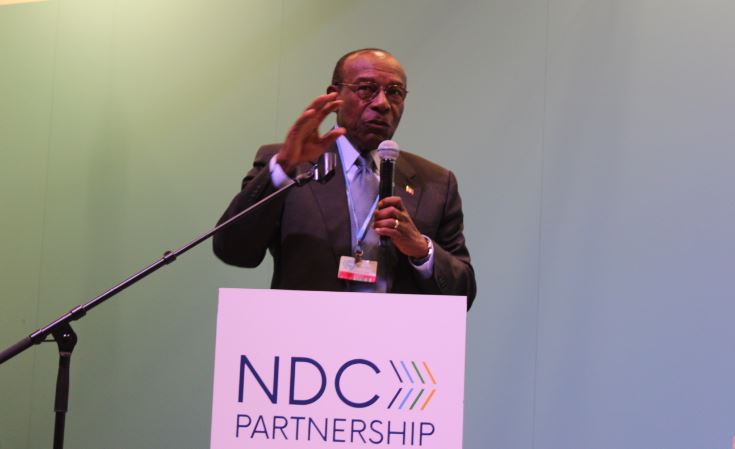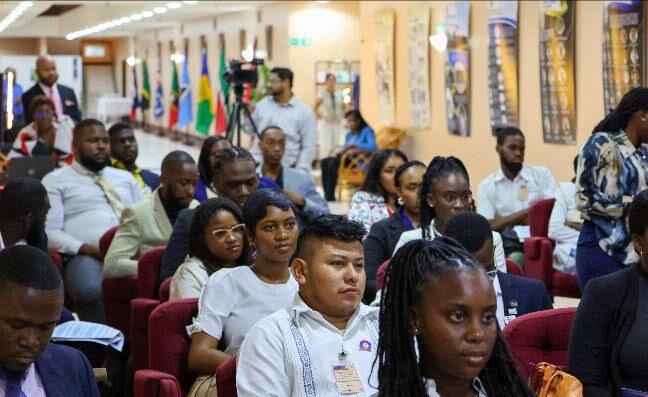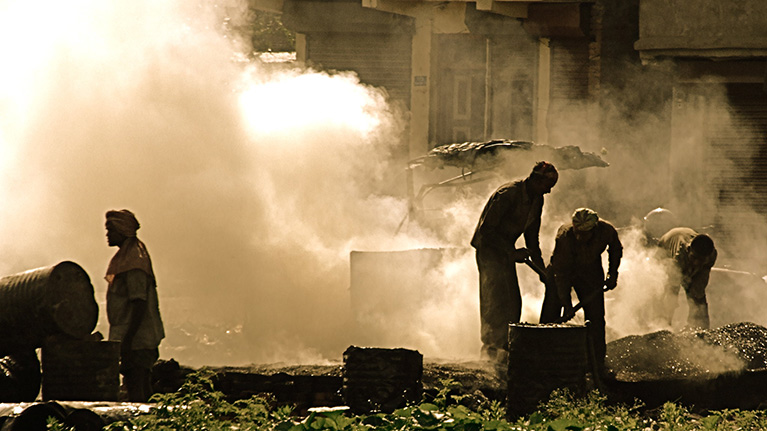By Desmond Brown
MADRID – At approximately 37 cents U.S. per kilowatt-hour (kWh), Antigua and Barbuda’s electricity rates are among the highest in the Caribbean. The regional average is 33 cents USD/kWh.
Like many island nations, Antigua and Barbuda is almost entirely reliant on imported fossil fuels, leaving it vulnerable to global oil price fluctuations that directly impact the cost of electricity.
Minister of Health and the Environment Molwyn Joseph said the high electricity rates have implications for everyone, but particularly the disposable income of the low-income sector of the population.
To change this, he said Antigua and Barbuda “has an outlook, of transitioning from old ways to green ways.”
“We were fortunate in Antigua and Barbuda when we were able to get the entire nation to embrace the elimination of single-use plastic bags. We take a step further, of eliminating the Styrofoam containers,” Joseph told Caribbean News Service (CNS) on Saturday.
“This message was done with an integration about transitioning from fossil fuels to renewable energy. So, we were able to create an atmosphere in Antigua and Barbuda where we are looking at the way we do things and the importance of transitioning into the more sustainable type of development.”
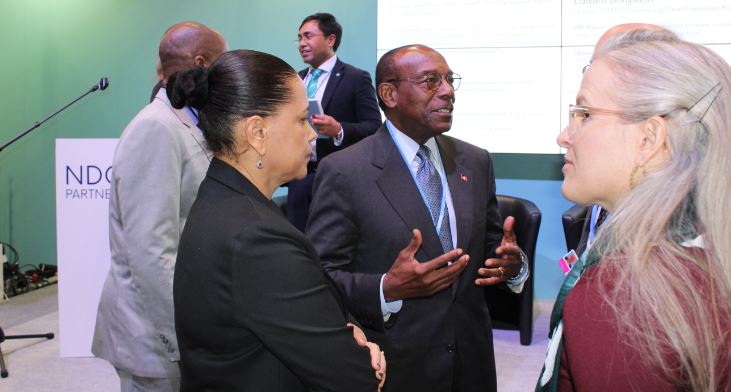
In 2018, Antigua and Barbuda signed a US$15 million renewable energy deal with the French-based global renewable energy solutions provider, Vergnet Group, which will see the country becoming equipped with high tech wind hybrid and wind only interactive power grids.
Joseph, who is leading Antigua and Barbuda’s delegation to the United Nations Climate Conference (COP 25) in Madrid, said on Saturday that the transition to renewable energy would see immediate benefits, so that people could redirect their resources with the saving that they make from energy, into education and taking care of their health.
He said there are also other very important spinoffs for the country.
“For instance, in the area of natural disasters, primarily hurricanes, we have suffered tremendously from resilience, how we bounce back after a disaster. With the programme of quick transitioning as well as building more resilient infrastructure, we are hoping that after a storm, our services can be resumed almost immediately – no more than 48 hours,” Joseph told CNS.
“Our schools, our clinics, our hospital and all the other government services could be resumed immediately.”
While noting that Antigua and Barbuda does not have surface water and suffers from severe droughts, Joseph said reverse osmosis is now “the order of the day” for the country.
The development of the wind and solar energy sectors becomes even more crucial, as the country plans for the operation of these reverse osmosis plants after the passage of a storm.
“The wind energy installation is geared directly toward the reverse osmosis plants, so that during a storm, if the electrical grid fails, we have the backup with the wind energy, so that water supply will not be interrupted at all, or if it is, for a very short period of time,” Joseph said.
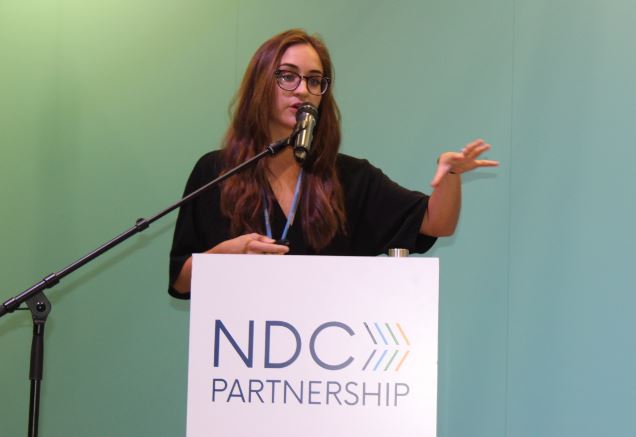
Genevieve Renaud-Byrne is a Project Coordinator at the Antigua Department of Environment, focusing on the Sustainable Pathways Protected Area and Renewable Energy Project.
She said Antigua and Barbuda produced most of its emissions from the electricity sector, specifically the large diesel generators used in the generation process.
“By removing those generators and putting in renewable energy, we’re going to reduce our emissions a lot,” Renaud-Byrne told CNS.
Like Joseph, Renaud-Byrne also spoke about the high cost of electricity, which she said takes up too much of a percentage of the regular household income
She said the current monopoly by the Antigua Public Utilities Authority is partly to blame.
“What we’d like to see with renewable energy is to diversify the energy mix and provide other opportunities to both the regular homeowner and the private sector to start making their own power and reducing their own household electricity bill,” Renaud-Byrne said.
Under its Sustainable Pathways Protected Area and Renewable Energy Project, Antigua and Barbuda is currently in the process of installing 15 small wind turbines to the Crabbs reverse osmosis seawater desalination plant and Sir Vivian Richard Stadium.
This power will be utilized to ensure the reverse osmosis plant can continue to function even in the event of an electrical grid failure.
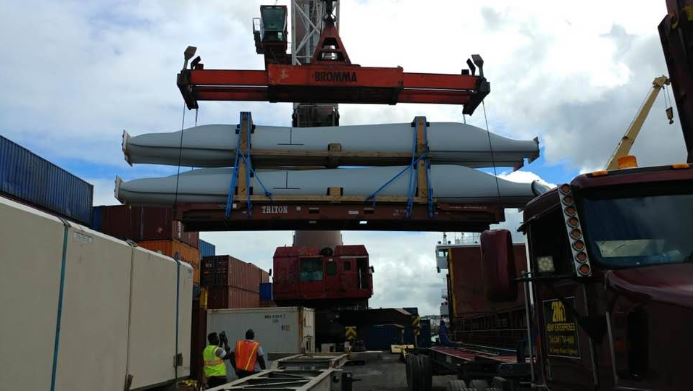
The turbines being utilized are Vergnet 275kW hurricane resistant wind turbines. They reach a maximum height of 70 meters (at the tip of the blades). Each turbine has been delivered with noise reduction technology to ensure minimal impact on local homeowners, land users, and wildlife.
Even when generating at full capacity, the turbines will be no louder than an average conversation at 250 meters.
Meanwhile, in September, the UAE-Caribbean Renewable Energy Fund, UAE-CREF, announced a partnership to restore power to Barbuda following the near-total destruction of the island when Hurricane Irma struck in September 2017.
Other partners include the Government of Antigua and Barbuda’s Ministry of Public Utilities, Civil Aviation, Transport and Energy, the CARICOM Development Fund (CDF) and the New Zealand Ministry of Foreign Affairs and Trade, NZMFAT.
The agreement will see the disbursement of US$5.7 million from the UAE to support Antigua and Barbuda through the largest renewable energy initiative of its kind in the Caribbean region.
For Caribbean countries, Renaud-Byrne said everyone needs to be on the same page when it comes to renewable energy.
“I think it’s very well understood now that we cannot continue to emit greenhouse gasses like we currently are. So, we all need to get on the same page, get excited about renewable energy and then come up with a pathway as to how to implement renewable energy into the mix,” she said.

